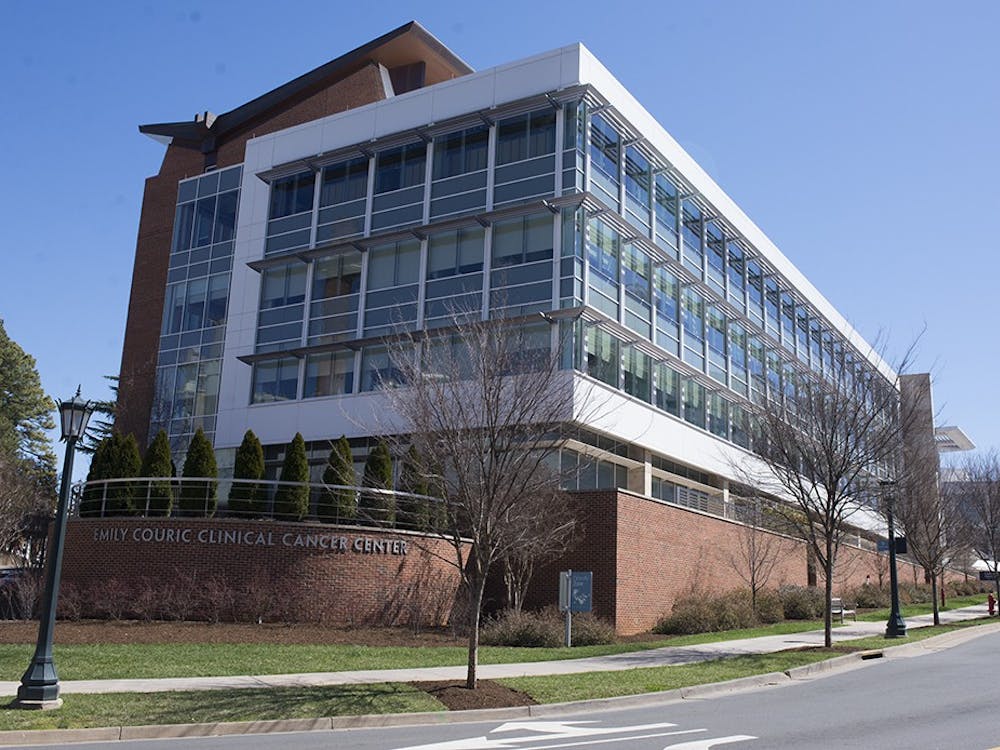You're driving down Route 29 Sunday night after a fun-filled weekend in Washington, D.C. Thick spring air gushes through your open windows like a rushing mountain stream. Over the last hill in your rearview mirror, a sporty set of distinctively blueish headlights crests and closes in on you. Does this guy have his brights on? You move your head out of any blinding mirror reflection. A moment later, the sporty roadster zips by, then turns on the brights much to your surprise. You are still seeing streaky afterimages as the speedster flies off. This effect is normal and safe, right? Think again.
Headlights are just one example of the changing color of light that dances through our vision every night. The glow of ubiquitous light emitting diodes now dominates much of our nighttime vision. LEDs are touted for their energy efficiency, compact size and tremendous durability - and rightly so. They are featured in many products, including TVs, computer screens, flashlights and yes, many new headlights.
But not all light is created equal. When light hits the back of the eye, it encounters the retina, a complex layered structure that converts light into electrical signals to be sent to the brain. Different components of the cells in your retina absorb different colors of light, and a few colors can cause problems if too much energy is absorbed. Blue light can be particularly toxic to living tissues because it is absorbed by sensitive components of cells, releasing damaging chemical forms of oxygen into the cell.
Dr. David Sliney, an expert about the biophysics of light, said "blue light hazard" even can cause blindness if a viewer stares at a strong light source for too long. Photoretinitis, or damage to the retina from light, also has been documented with substantially strong blue light exposures. Blue light hazard has been implicated in age-related maculopathy, as well, a chronic disease that destroys the center of a patient's vision.
It just so happens that many LEDs, unlike traditional incandescent bulbs, emit much of their energy in the blue region of the spectrum. That is why those shiny headlights seem a bit more blue than their relatives on older cars. LED light now bathes our society with unprecedented saturation. During a typical day, most of my hours are spent gazing at a sleek, LED-backlit iMac screen, biking home with my high-intensity LED headlight and catching Sportscenter on an LED-illuminated television. Although none of these activities approach the blue light intensity required to cause acute problems, I cannot deny the sheer quantity of blue light impacting my unsuspecting retinas.
As we continue to incorporate LEDs into our everyday lighting needs, intensity and color should be considered. There are LED choices that filter out much of the blue, producing a warmer glow that is not only more pleasing to the viewer but also less destructive to living tissue. But until those warmer LEDs make more headway into our nighttime lives, pay no attention to the guy biking down Emmet at midnight with a headlight on his handlebars and sunglasses on his face.
Tom Mendel is a University Medical student. He can be reached at t.mendel@cavalierdaily.com.






